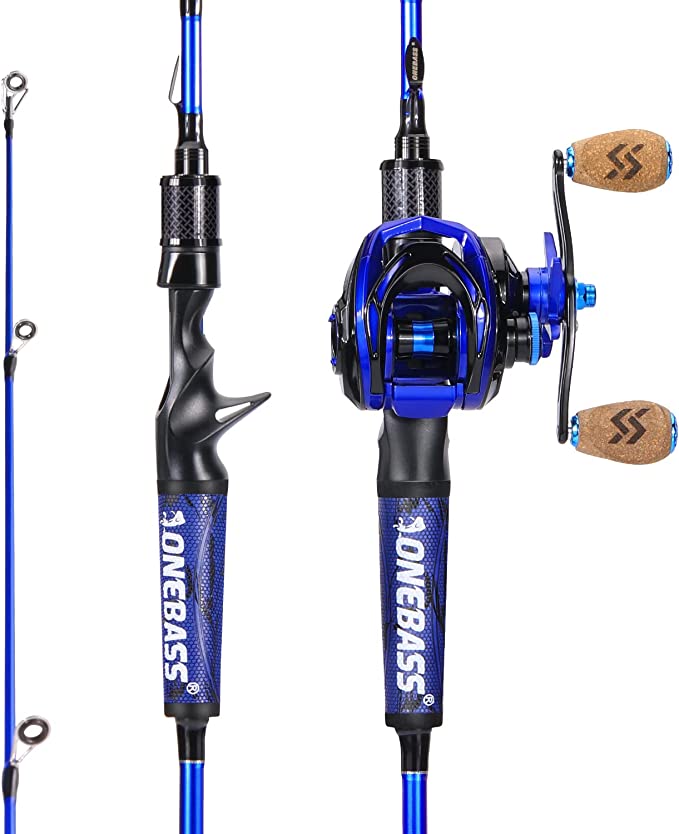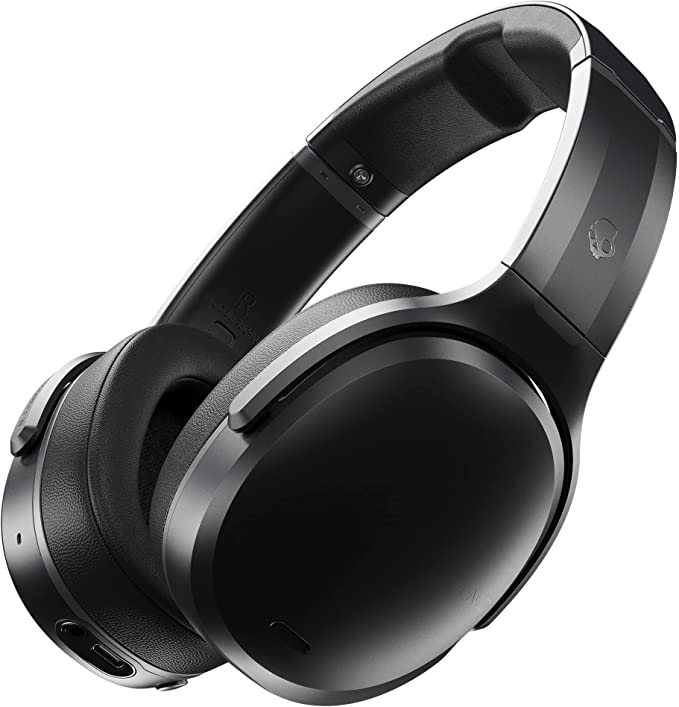1829 CARL SCHMIDT SOHN CSS Single Serve Coffee Maker: Your Fast Track to Delicious Coffee
Update on Feb. 26, 2025, 1:55 p.m.
Beyond Convenience: The Science Behind Your Single-Serve Coffee
Coffee. That magical elixir that fuels our mornings, powers our afternoons, and provides a comforting ritual in our busy lives. For centuries, brewing a cup involved a multi-step process – grinding beans, measuring grounds, carefully pouring water. But the 21st century brought a revolution: single-serve coffee. And while convenience is the obvious draw, there’s a fascinating world of science and engineering behind that quick, satisfying brew.

A Cup of History: Before the Pod
The story begins, as all coffee stories do, long before electricity. From the traditional methods, slow brewing of coffee, all reflect humanity’s enduring love affair with this complex beverage. The desire for a faster, more convenient method, however, was always simmering.

The Single-Serve Revolution: Why It Happened
The late 20th and early 21st centuries saw a dramatic shift in lifestyles. We became busier, more mobile, and increasingly individualistic in our consumption habits. The traditional coffee pot, perfect for a large family breakfast, felt increasingly out of sync with the needs of single-person households, busy professionals, and on-the-go individuals.
The invention of the coffee pod, and later the K-Cup, perfectly addressed this shift. No more measuring, no more messy grounds, no more wasted coffee. Just pop in a pre-portioned container, press a button, and enjoy a fresh cup tailored to your individual taste.

K-Cups and Capsules: Unveiling the Difference
Let’s clear up a common misconception: K-Cups and coffee capsules are not always interchangeable. While the term “capsule” is often used generically, it’s crucial to understand the distinctions.
-
K-Cups: These are specifically designed for Keurig brewers (and compatible machines like the 1829 CARL SCHMIDT SOHN CSS). They feature a plastic cup, a filter lining, and a foil lid. The brewing process involves puncturing both the lid and the bottom of the cup.
-
Coffee Pods: As previously discussed, these are coffee grounds sealed within filter paper. They are generally softer and flatter than K-Cups.
-
Other Capsules: Systems like Nespresso use a different type of capsule, often made of aluminum, with a different brewing process altogether. These are not compatible with K-Cup machines.
The 1829 CARL SCHMIDT SOHN CSS coffee maker is designed to work with K-Cups and certain coffee capsules that share a similar size and shape. It’s crucial to check the compatibility of any capsule before using it with the machine to avoid damage or malfunction. It is not compatible with Nespresso-style capsules.

The Science of Extraction: More Than Just Hot Water
Brewing coffee, whether it’s a single cup or a full pot, is a delicate dance of chemistry and physics. It’s all about extracting the desirable flavor compounds from the coffee grounds without pulling out the undesirable ones. Several factors play a critical role:
-
Water Temperature: The ideal brewing temperature is between 195°F and 205°F (90°C - 96°C). Too low, and the coffee will be under-extracted, tasting sour and weak. Too high, and the coffee will be over-extracted, tasting bitter and burnt. The 1829 CARL SCHMIDT SOHN CSS, with its 600-watt heating element, is designed to quickly reach and maintain this optimal temperature range.
-
Pressure: While not as high as espresso machines, single-serve brewers like the CSS use pressure to force water through the coffee grounds. This pressure helps to extract more of the flavor compounds and create a richer, more satisfying cup.
-
Grind Size: K-Cups and compatible capsules contain pre-ground coffee, optimized for the single-serve brewing process. The grind size is typically medium, allowing for proper water flow and extraction.
-
Brewing Time: The CSS brews a cup in 2-3 minutes, a carefully calibrated time to achieve optimal extraction without over-steeping the coffee.
-
Water Quality: The quality of your water significantly impacts the taste of your coffee. Using filtered water is always recommended to remove impurities that can interfere with the flavor.

Meet the 1829 CARL SCHMIDT SOHN CSS: Simplicity and Stainless Steel
The 1829 CARL SCHMIDT SOHN CSS coffee maker isn’t about bells and whistles; it’s about delivering a consistent, convenient cup of coffee with a focus on quality and durability. The choice of stainless steel for the housing isn’t just about aesthetics. Stainless steel is:
- Non-Reactive: It won’t leach chemicals into your coffee, ensuring a pure and untainted flavor.
- Durable: It’s resistant to rust, corrosion, and damage, making the machine long-lasting.
- Hygienic: It’s easy to clean and doesn’t harbor bacteria, contributing to a healthier brewing environment.
- Easy to Clean
Its compact size (8.27”D x 4.53”W x 10.24”H) and light weight (2.12 pounds) make it ideal for small kitchens, dorm rooms, offices, or even travel. The one-button operation is intentionally simple: add water, insert a K-Cup or compatible capsule, and press the button. The auto shut-off feature adds a layer of safety and energy efficiency.

Beyond the Basics: Cleaning and Care
Maintaining your CSS coffee maker is straightforward. Regular cleaning ensures optimal performance and extends the life of the machine.
- After Each Use: Rinse the removable drip tray and, if using, the reusable filter.
- Weekly: Wipe down the exterior of the machine with a damp cloth.
- Monthly (or as needed): Descale the machine to remove mineral buildup. This can be done using a descaling solution or a mixture of water and white vinegar. The provided text suggests using a little vinegar for residue stains, a testament to the ease of cleaning. Detailed descaling instructions are typically included in the product manual.

The Sustainability Question: Addressing K-Cup Concerns
One of the biggest criticisms of single-serve coffee systems, particularly K-Cups, is the environmental impact of the disposable pods. Traditional K-Cups are not easily recyclable, contributing to plastic waste.
However, there are solutions:
- Reusable K-Cup Filters: These allow you to use your own ground coffee, eliminating the need for disposable pods altogether. (It’s important to note if the CSS includes a reusable filter, or if it’s a separate purchase. Based on the provided text saying it has a “reusable filter,” we can assume it’s included, but it would be ideal to confirm.)
- Recyclable K-Cups: Some brands are now producing K-Cups that are made from recyclable materials. Look for K-Cups labeled as recyclable.
- Compostable Pods: Some coffee pods are made from compostable materials, offering a more environmentally friendly alternative.

A Final Word: Is Single-Serve Right for You?
Single-serve coffee makers like the 1829 CARL SCHMIDT SOHN CSS offer undeniable convenience and a consistently decent cup of coffee. They’re perfect for busy individuals, small households, or anyone who values speed and simplicity. However, if you’re a true coffee connoisseur who enjoys the ritual of grinding your own beans and experimenting with different brewing methods, a traditional drip coffee maker or a pour-over setup might be a better fit. Ultimately, the best coffee maker is the one that best suits your individual needs and preferences. The CSS provides a solid option in the single-serve category, prioritizing ease of use, a small footprint, and the durability of stainless steel. It represents a practical approach to enjoying a quick, satisfying cup without the fuss.







































